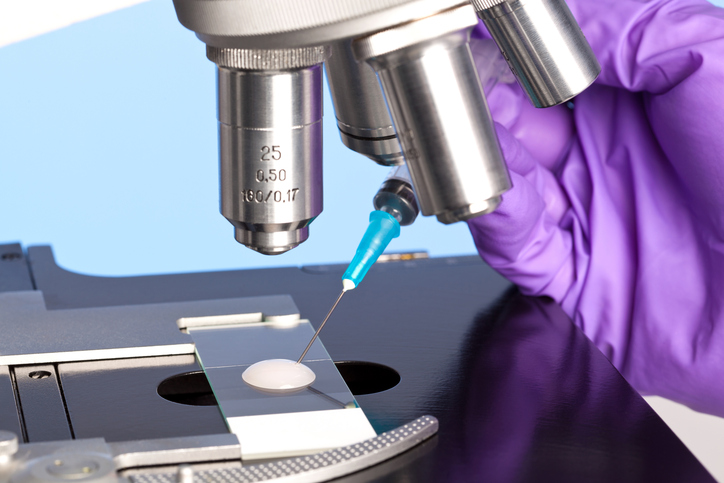 Q: What are natural treatments for cervical precancerous cells? - Tanya J.
Q: What are natural treatments for cervical precancerous cells? - Tanya J.
A: Precancerous conditions of the cervix are changes to cervical cells that make them more likely to develop into cancer. Precancerous conditions are not yet cancer, but there is a higher chance these abnormal changes will become cervical cancer if they aren’t treated. If left untreated, it may take 10 years or more for precancerous conditions of the cervix to turn into cervical cancer, but sometimes this happens in less time.
Precancerous conditions of the cervix occur in an area called the transformation zone. This is where one type of lining (glandular, columnar cells) is constantly being changed into another type of lining (squamous cells). The transformation of columnar cells into squamous cells is a normal process, but it makes the cells more sensitive to the effect of human papillomavirus (HPV).
HPV is the most important risk factor for developing a precancerous condition of the cervix. Having more than one sex partner increases your risk of getting HPV. The following risk factors increase the chance that an HPV infection will not go away on its own and can develop into a precancerous condition of the cervix:
-- smoking
-- having a weakened immune system
-- having more than one pregnancy (called multiparity)
-- using oral contraceptives for a long time
SYMPTOMS
Precancerous changes in the cervix often do not cause any signs or symptoms. But sometimes there may be spotting or bleeding after sex.
An abnormal Pap test result is often the first sign that some cells in the cervix are abnormal. This is why it is important to have regular Pap tests.
More severe abnormalities (such as HSIL and AIS) are more likely to develop into cervical cancer, especially if they...
...aren’t treated. It is hard to predict which of these will become invasive cervical cancer, so they are often treated.
Your physician may recommend one of treatment options:
- Cryocauterization -- Cryocauterization uses extreme cold to destroy abnormal cervical tissue. This is the simplest and safest procedure, and it usually destroys 99% of the abnormal tissue. Cryocauterization is frequently performed without anesthesia.
- Laser therapy -- Lasers destroy abnormal cervical tissue with less scarring than cryocauterization. Lasers are more costly than cryocauterization, are performed with local anesthesia and have a 90% cure rate.
- Loop electrosurgical excision (LEEP) -- During a LEEP, a thin loop wire excises visible patches of abnormal cervical tissue. LEEP is performed with local anesthesia and has a 90% cure rate.
- Cervical conization -- During a cervical conization, a small cone-shaped sample of abnormal tissue is removed from the cervix. Cervical conization requires general anesthesia and has a 70 - 98% cure rate, depending on whether cancer cells have spread beyond the cervix.
Visit the BlackDoctor.org Cancer center for more articles.
 If you have any questions, don’t hesitate to 'Ask Dr. Renee'. Follow me on Twitter @AskDrRenee and on my website.
If you have any questions, don’t hesitate to 'Ask Dr. Renee'. Follow me on Twitter @AskDrRenee and on my website.









